EGYPTIAN FIGURAL LIMESTONE RELIEF New Kingdom, Amarna Period,1352-1336 BC A rectangular limestone relief fragment depicting a profile head facing left with full lips, heavy jawline and lentoid eyes, hatched ties to the rear, six rays terminating in elongated hands extending from the upper edge, the upper part of a frieze of lotus flowers beneath. 7 kg, 56cm overall (22"). Fine condition; repaired. Provenance Property of a London gentleman; acquired Bonhams, New Bond Street, London, UK; 1 May 2008, Lot 43; with a print-out of the catalogue entry and a copy of the purchase invoice. Footnotes The head is that of Nefertiti, queen and Great Royal Wife, of the Pharaoh Akhenaten, and whose name means "the beautiful one is here." Nefertiti and her husband were known for a religious revolution, in which they worshipped one god only, Aten, or the sun disc. Akhenaten and Nefertiti were responsible for the creation of a whole new religion which changed the ways of religion within Egypt. With her husband, she reigned at what was arguably the wealthiest period of Ancient Egyptian history. Some scholars believe that Nefertiti ruled briefly as Neferneferuaten after her husband's death and before the accession of Tutankhamun. Her husband abandoned the old royal capital of Thebes due to its association with the old gods, particularly the state deity Amun. Akhenaten issued a ban on the worship of the gods and had the temples closed down, thus marginalising the wealthy and powerful priesthood. As part of his religious revolution Akhenaten built a new capital several miles north of Thebes at a site called Akhetaten, meaning the "Horizon of the Aten," now modern Amarna. The new capital had a number of important open air shrines dedicated to the Aten which were profusely decorated with scenes depicting the royal family making offerings to the sun disc. The architects employed a new way of constructing and decorating the temples by using small stones that were carved with sections of the larger friezes, which are known today as talatat, of which this is an example. The scene on this relief depicts Nefertiti standing before an altar table, the top part of which is visible as a line, and offering lotus flowers to the Aten. The Aten was depicted as a disc from which descend beams of light that end in hands; these hands hold the ankh, the hieroglyph for "life", to the noses of the royal family. In scenes found on the talatat, Nefertiti appears almost twice as often as her husband. She is shown appearing behind her husband the Pharaoh in offering scenes in the role of the queen supporting her husband, but she is also depicted in scenes that would have normally been the prerogative of the king. After the death of Akhenaten it is believed that Nefertiti may have started the process of abandoning the worship of the Aten and a return to the old gods, a move that was essential for the political stability of Egypt that had started to disintegrate under the rule of her husband, particularly diplomatic contacts with neighbouring kingdoms. This scene clearly displays the so-called Amarna style in art which broke with long-established Egyptian conventions. Unlike the strict idealistic formalism of previous Egyptian art, it depicted its subjects more realistically. These included informal scenes, such as intimate portrayals of affection within the royal family or playing with their children, and no longer portrayed women as lighter coloured than men. The art also had a realism that sometimes borders on caricature, but which had a lasting effect on Egyptian art.
EGYPTIAN FIGURAL LIMESTONE RELIEF New Kingdom, Amarna Period,1352-1336 BC A rectangular limestone relief fragment depicting a profile head facing left with full lips, heavy jawline and lentoid eyes, hatched ties to the rear, six rays terminating in elongated hands extending from the upper edge, the upper part of a frieze of lotus flowers beneath. 7 kg, 56cm overall (22"). Fine condition; repaired. Provenance Property of a London gentleman; acquired Bonhams, New Bond Street, London, UK; 1 May 2008, Lot 43; with a print-out of the catalogue entry and a copy of the purchase invoice. Footnotes The head is that of Nefertiti, queen and Great Royal Wife, of the Pharaoh Akhenaten, and whose name means "the beautiful one is here." Nefertiti and her husband were known for a religious revolution, in which they worshipped one god only, Aten, or the sun disc. Akhenaten and Nefertiti were responsible for the creation of a whole new religion which changed the ways of religion within Egypt. With her husband, she reigned at what was arguably the wealthiest period of Ancient Egyptian history. Some scholars believe that Nefertiti ruled briefly as Neferneferuaten after her husband's death and before the accession of Tutankhamun. Her husband abandoned the old royal capital of Thebes due to its association with the old gods, particularly the state deity Amun. Akhenaten issued a ban on the worship of the gods and had the temples closed down, thus marginalising the wealthy and powerful priesthood. As part of his religious revolution Akhenaten built a new capital several miles north of Thebes at a site called Akhetaten, meaning the "Horizon of the Aten," now modern Amarna. The new capital had a number of important open air shrines dedicated to the Aten which were profusely decorated with scenes depicting the royal family making offerings to the sun disc. The architects employed a new way of constructing and decorating the temples by using small stones that were carved with sections of the larger friezes, which are known today as talatat, of which this is an example. The scene on this relief depicts Nefertiti standing before an altar table, the top part of which is visible as a line, and offering lotus flowers to the Aten. The Aten was depicted as a disc from which descend beams of light that end in hands; these hands hold the ankh, the hieroglyph for "life", to the noses of the royal family. In scenes found on the talatat, Nefertiti appears almost twice as often as her husband. She is shown appearing behind her husband the Pharaoh in offering scenes in the role of the queen supporting her husband, but she is also depicted in scenes that would have normally been the prerogative of the king. After the death of Akhenaten it is believed that Nefertiti may have started the process of abandoning the worship of the Aten and a return to the old gods, a move that was essential for the political stability of Egypt that had started to disintegrate under the rule of her husband, particularly diplomatic contacts with neighbouring kingdoms. This scene clearly displays the so-called Amarna style in art which broke with long-established Egyptian conventions. Unlike the strict idealistic formalism of previous Egyptian art, it depicted its subjects more realistically. These included informal scenes, such as intimate portrayals of affection within the royal family or playing with their children, and no longer portrayed women as lighter coloured than men. The art also had a realism that sometimes borders on caricature, but which had a lasting effect on Egyptian art.
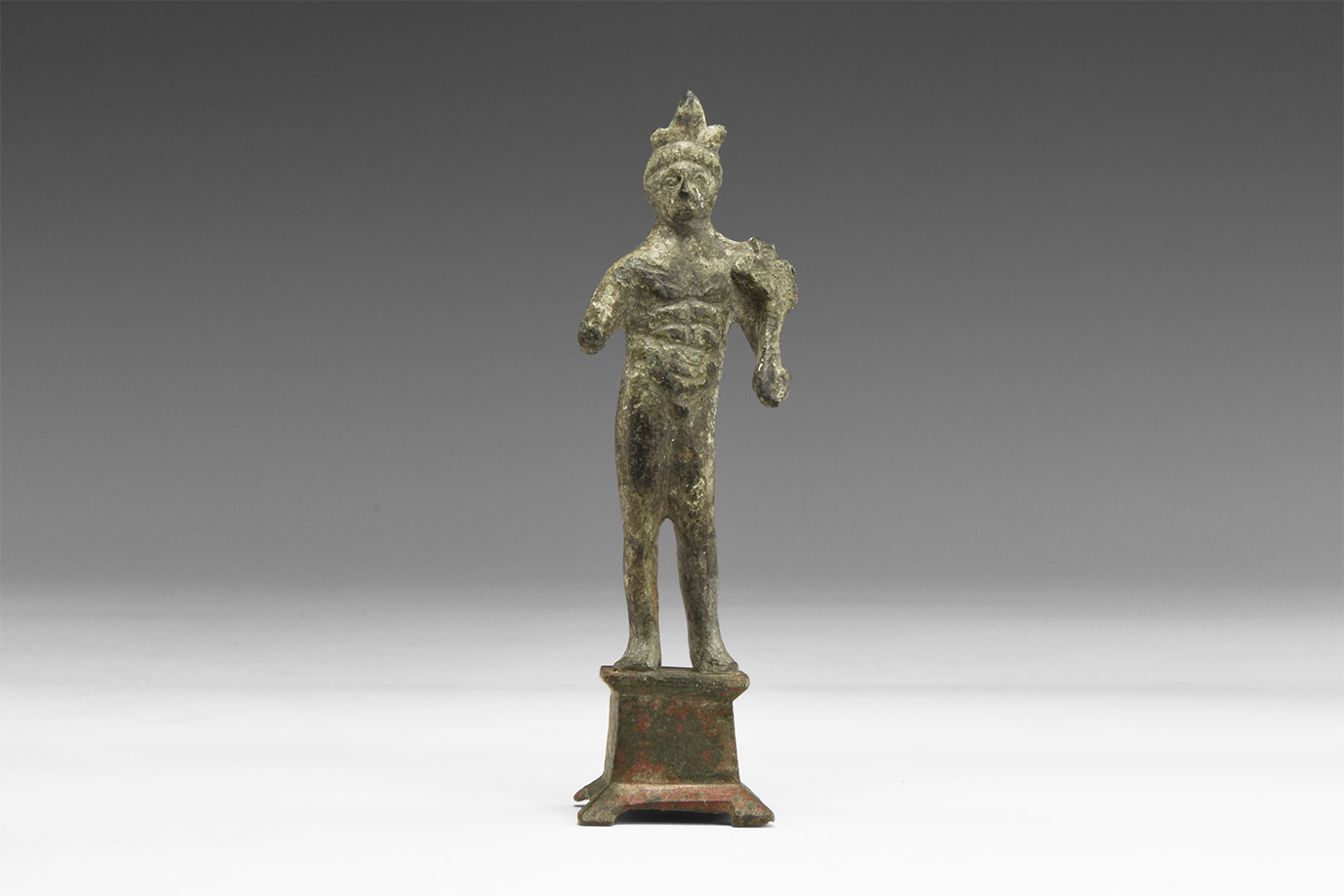
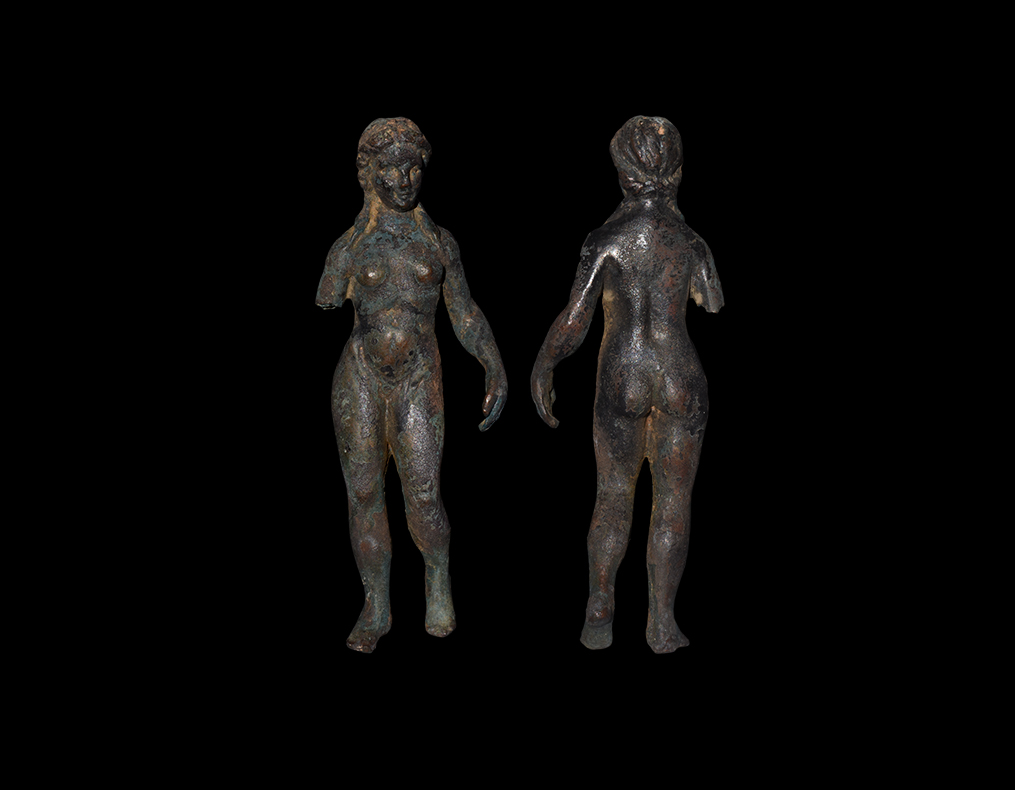
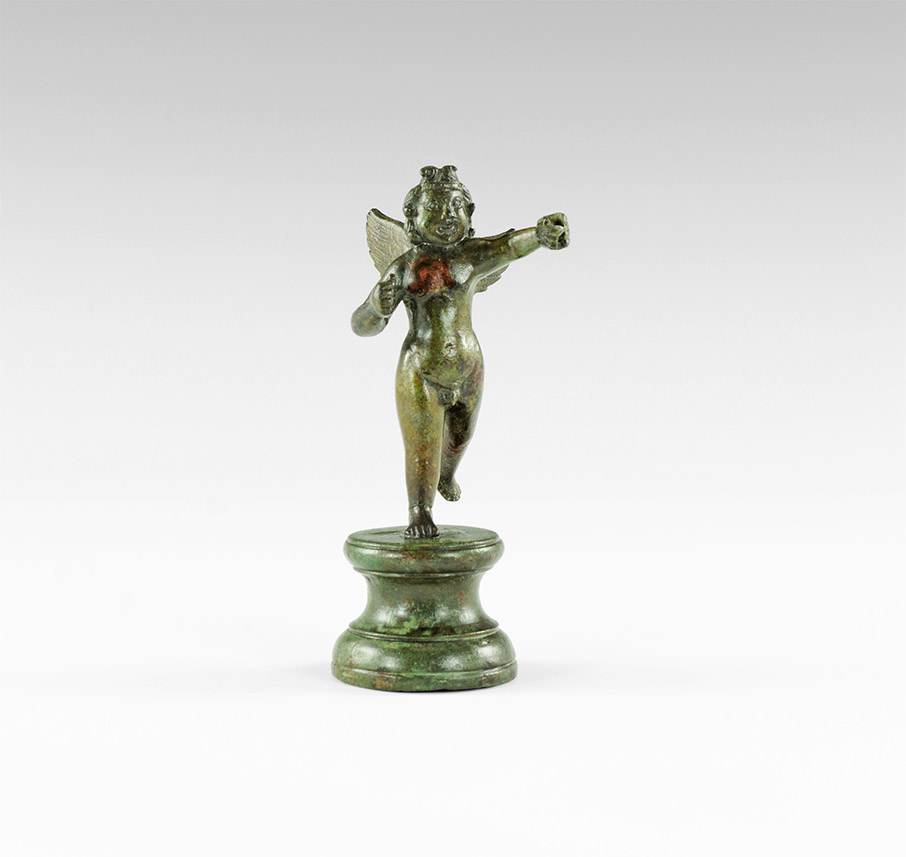
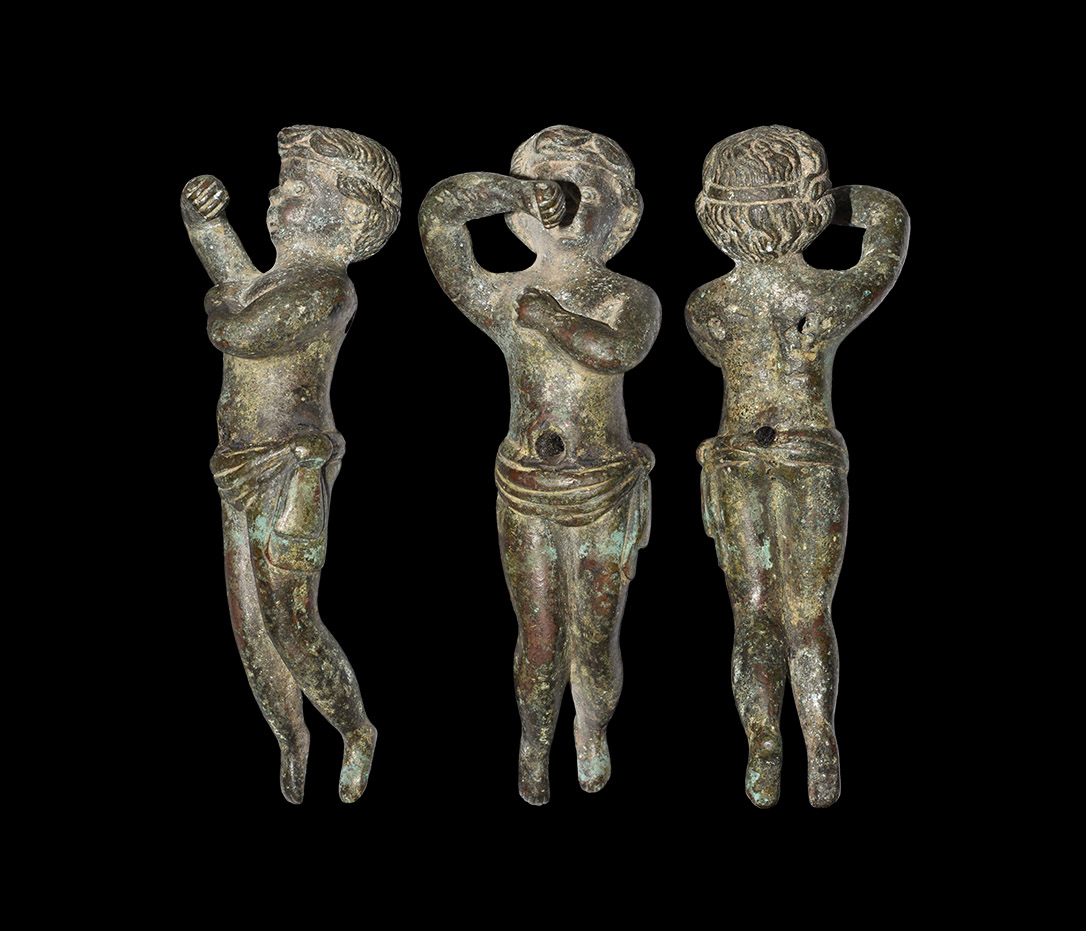
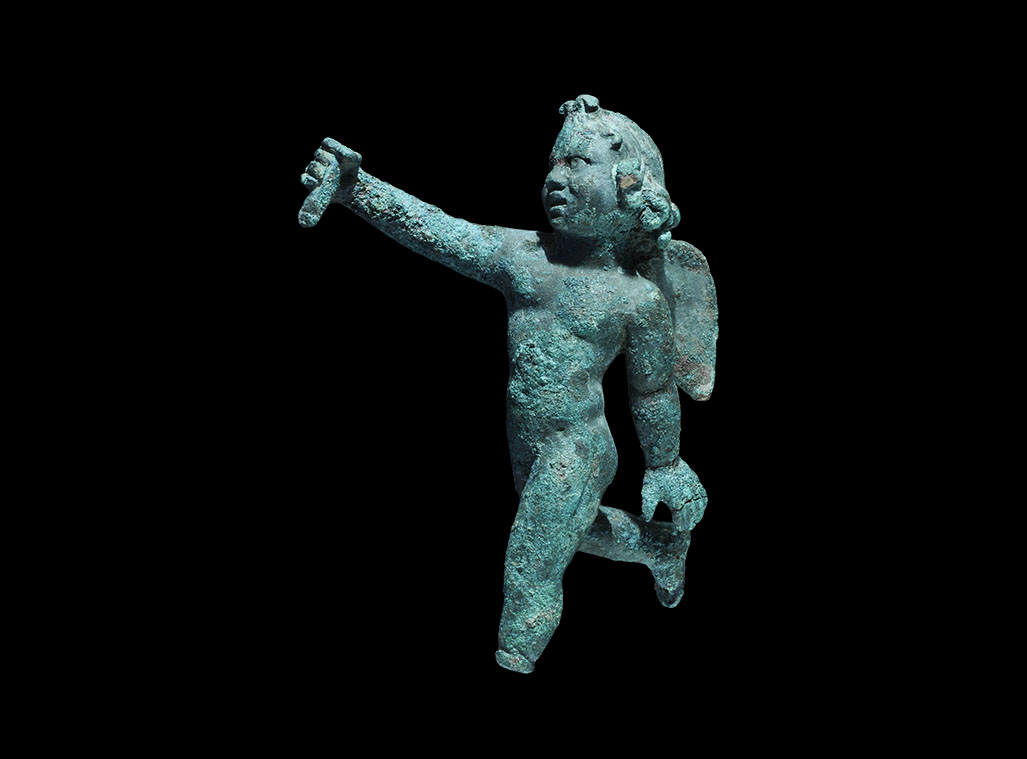
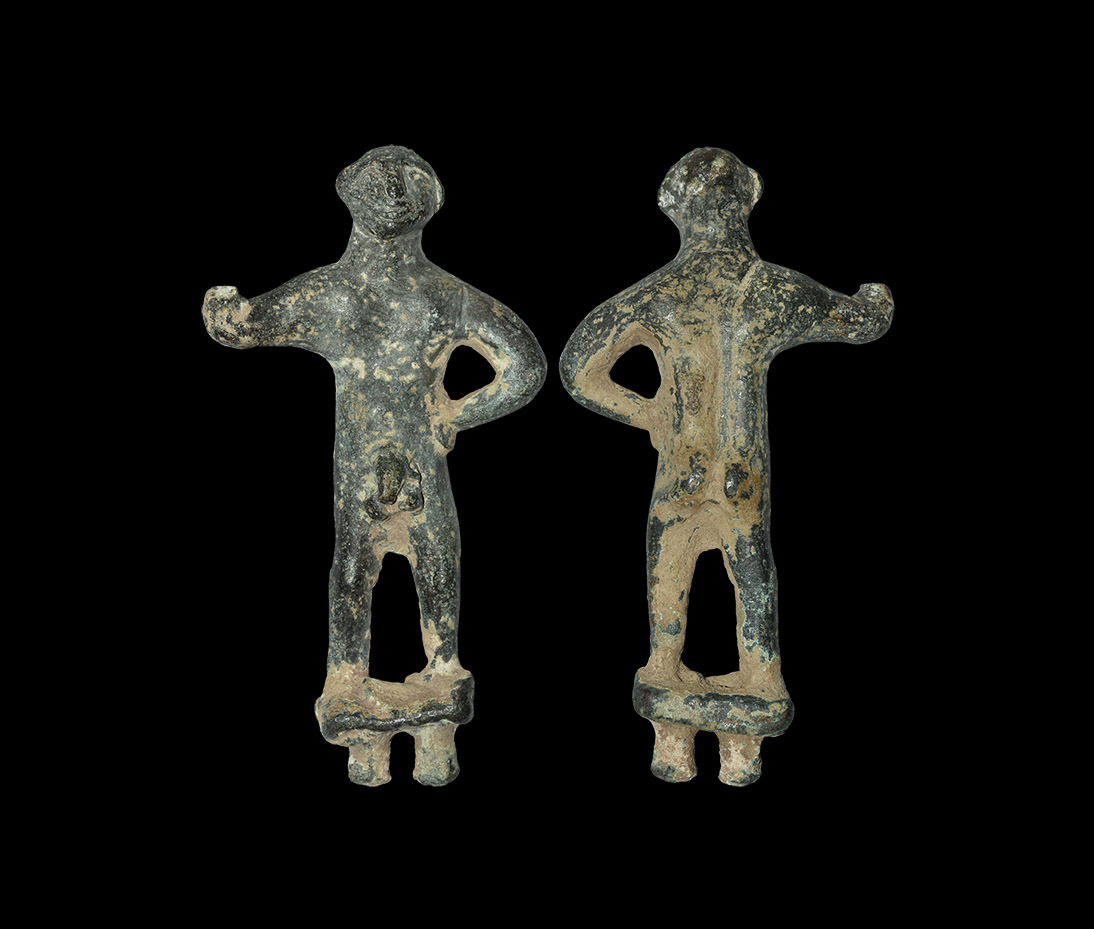
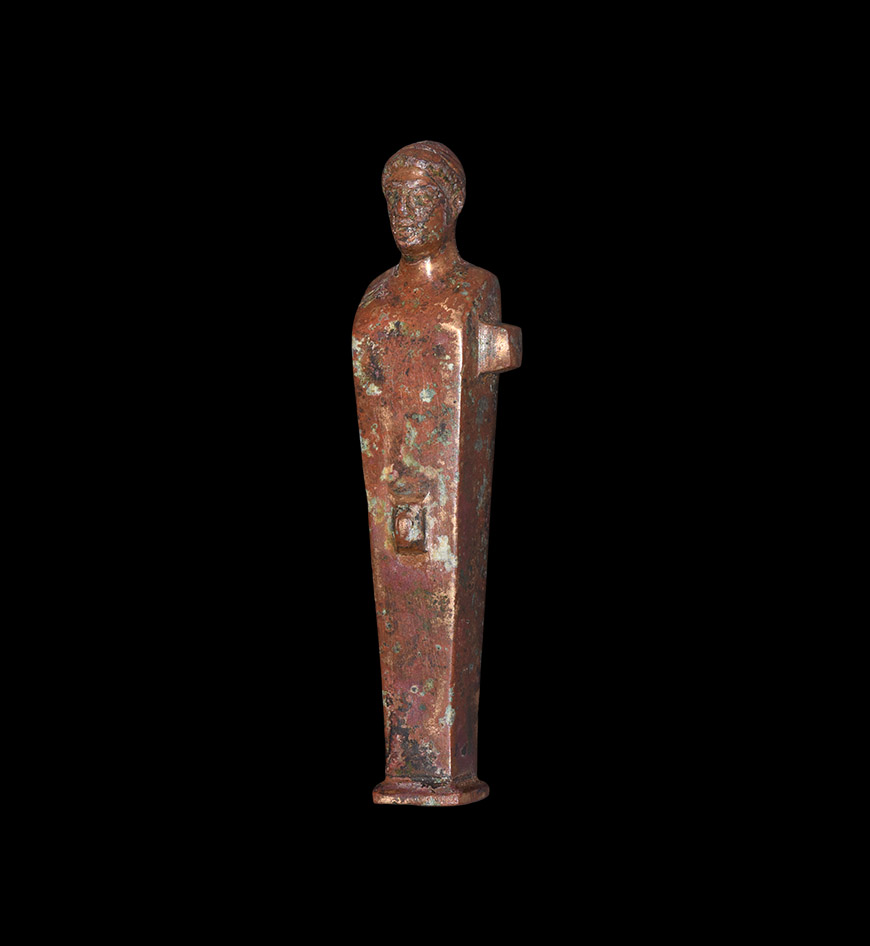
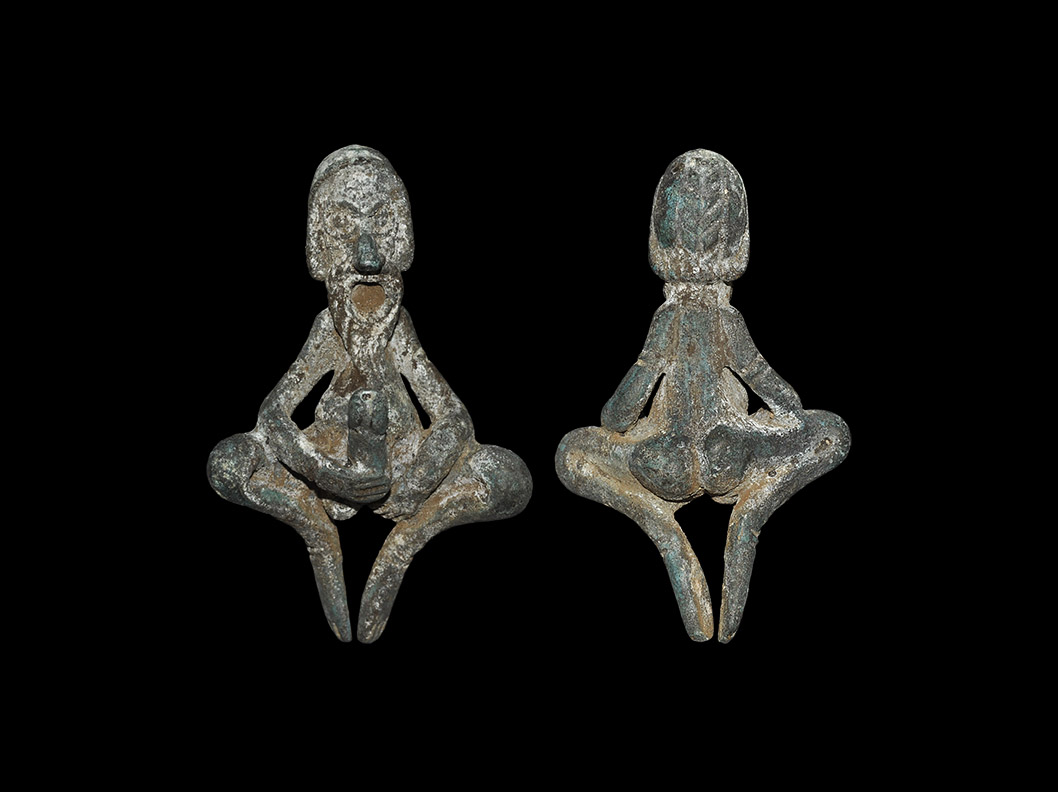
.jpg)
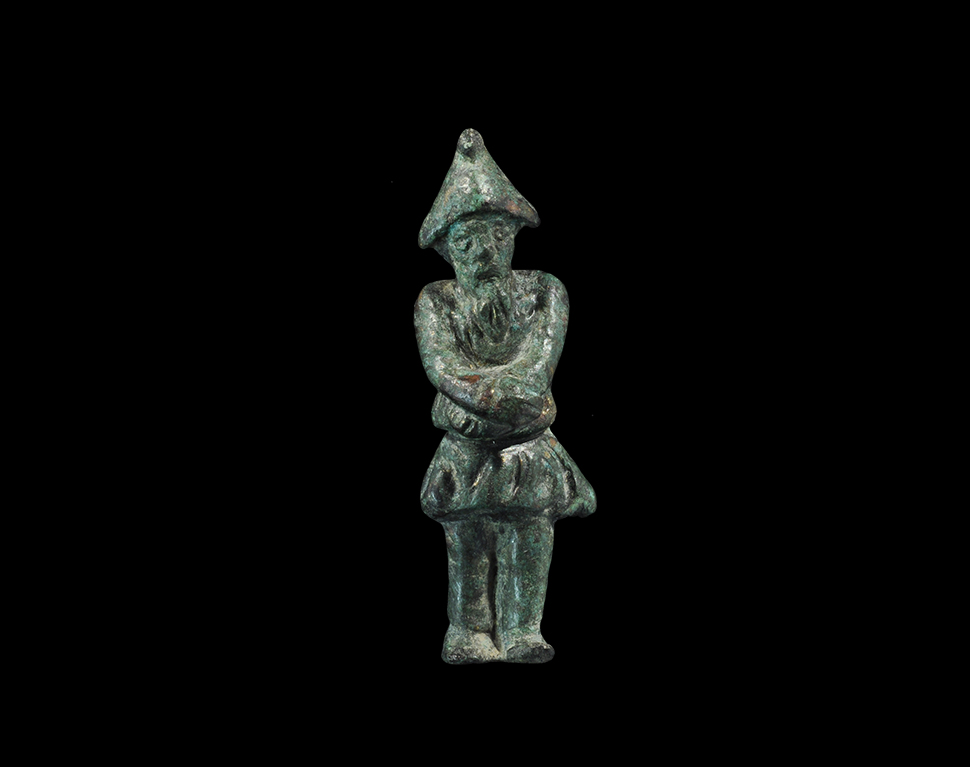
.jpg)
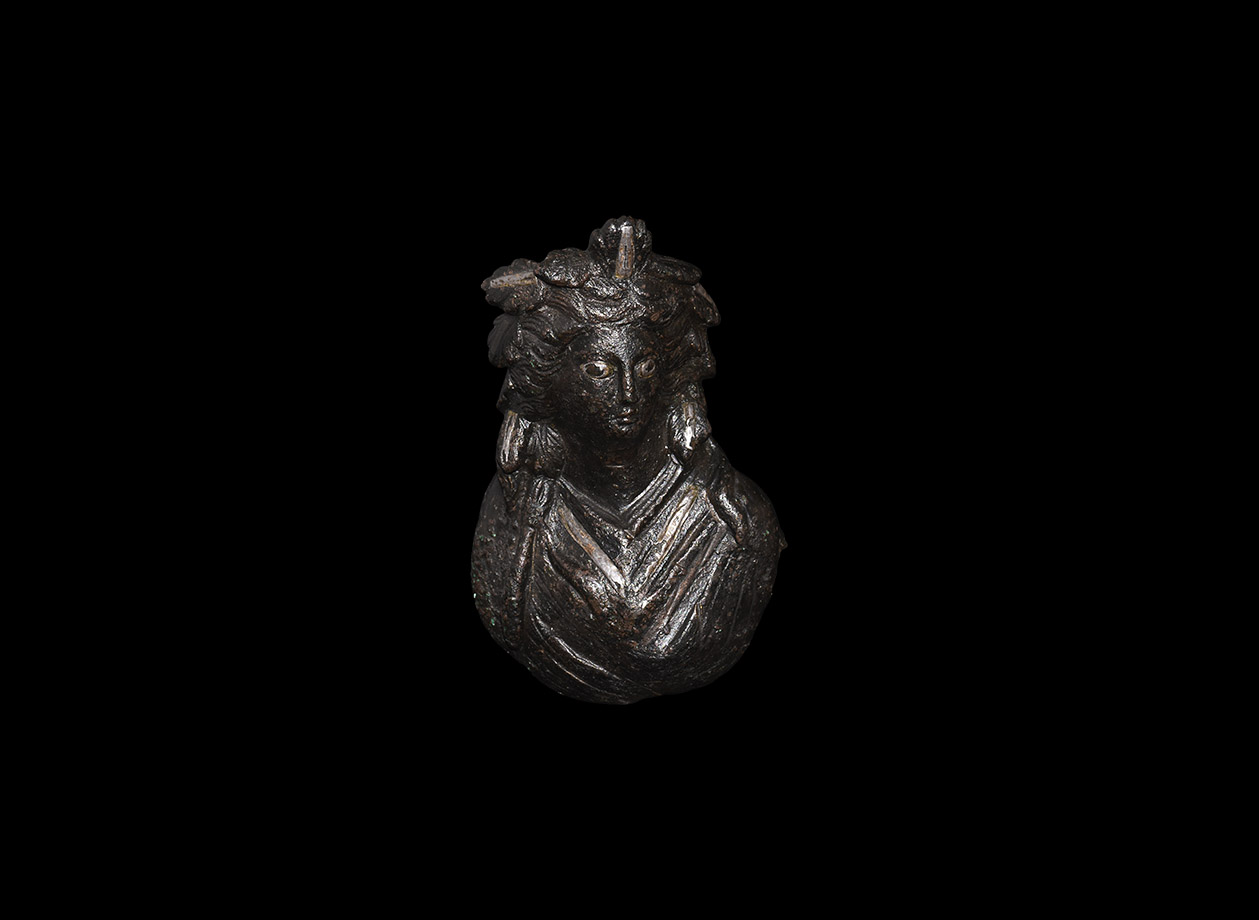
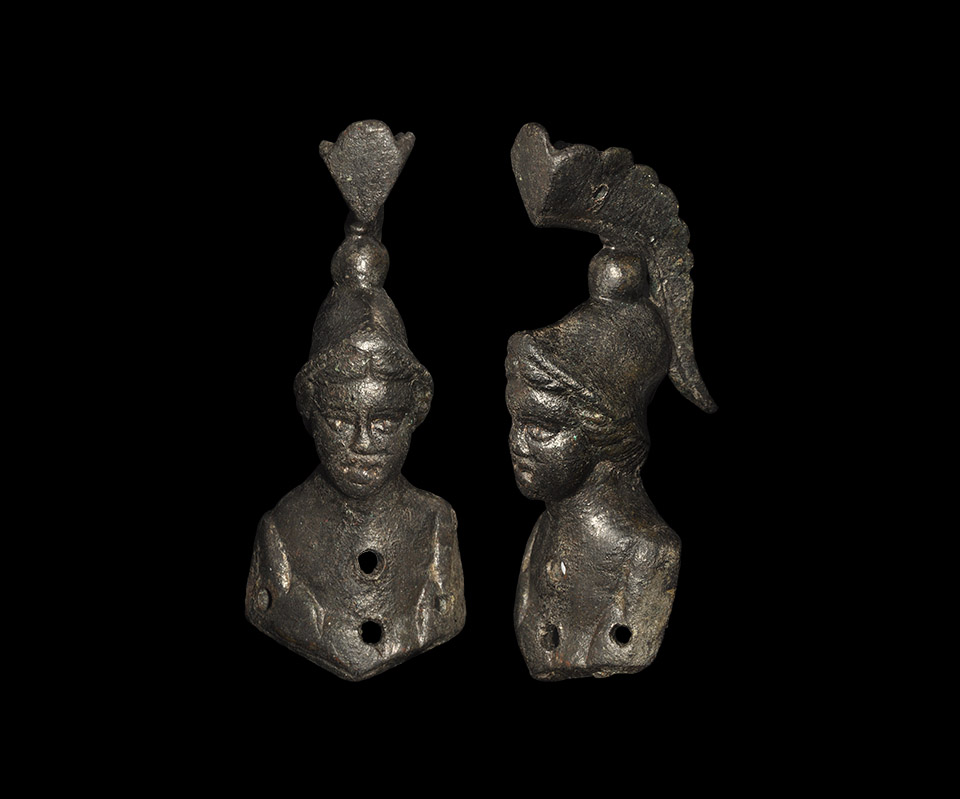
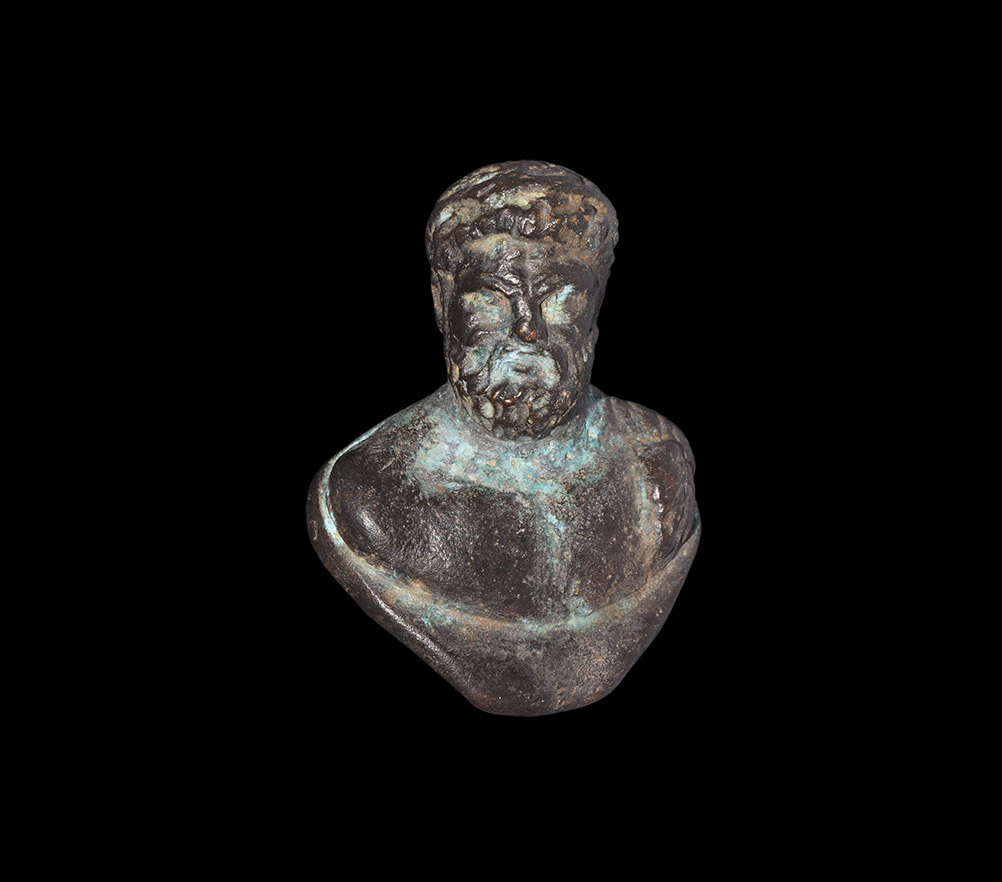
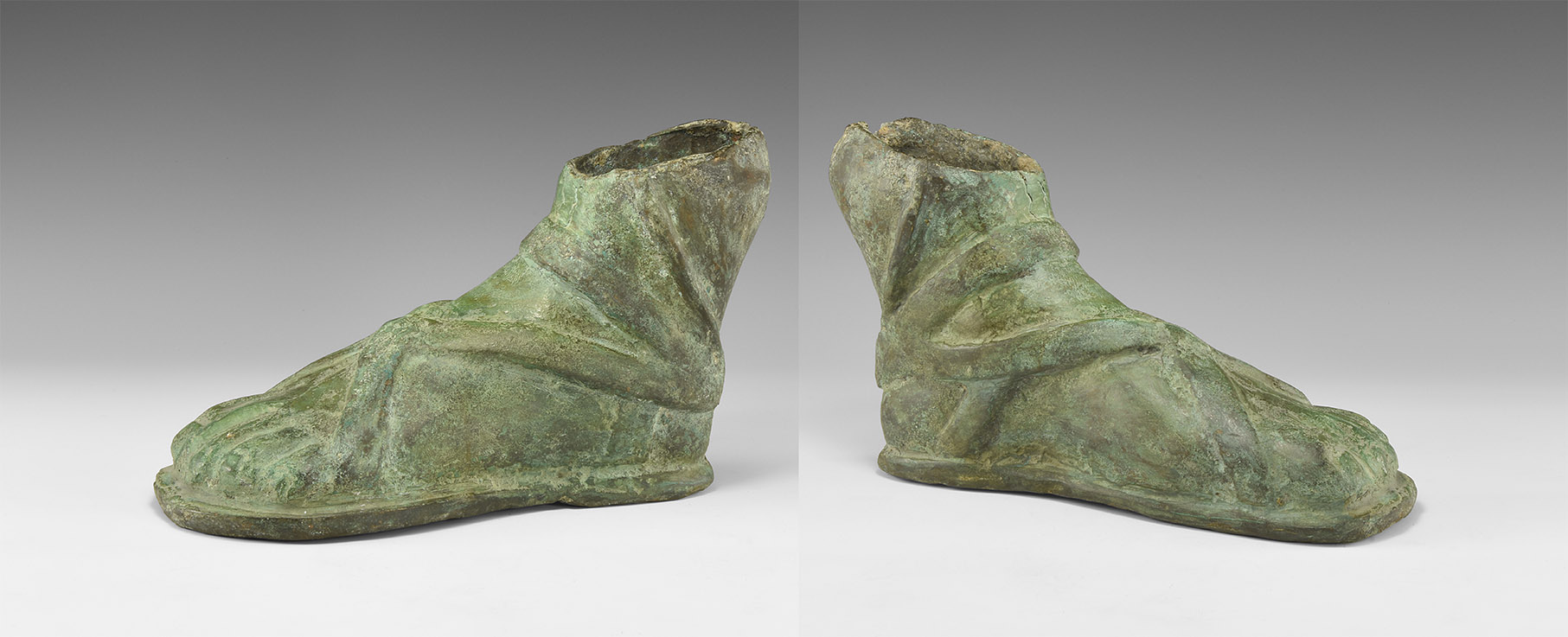
Try LotSearch and its premium features for 7 days - without any costs!
Be notified automatically about new items in upcoming auctions.
Create an alert